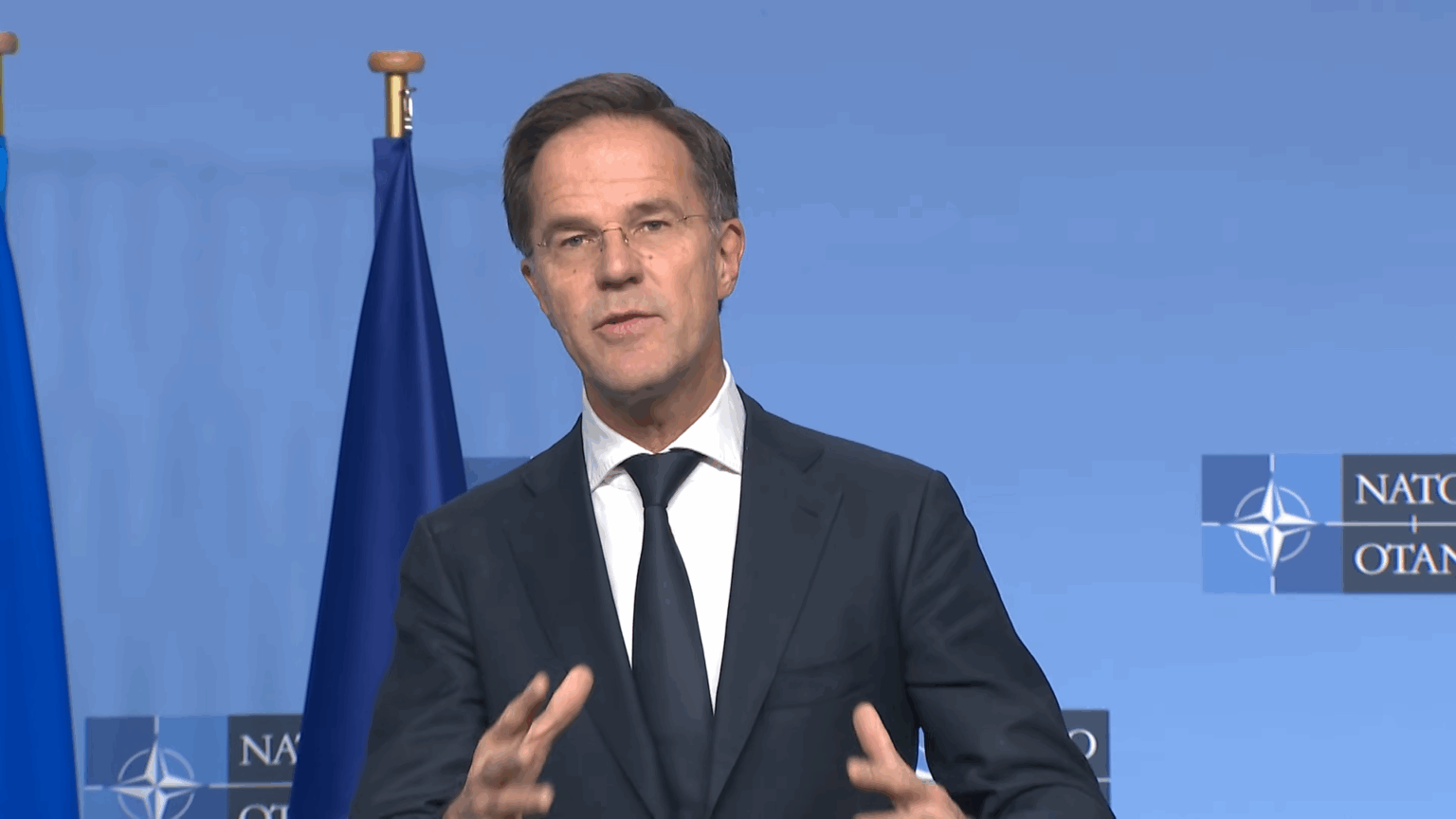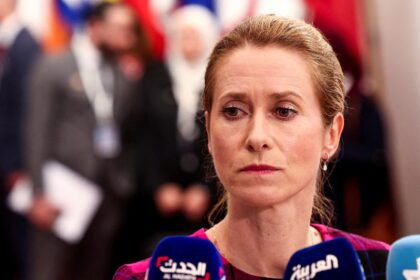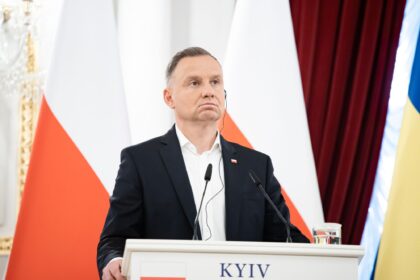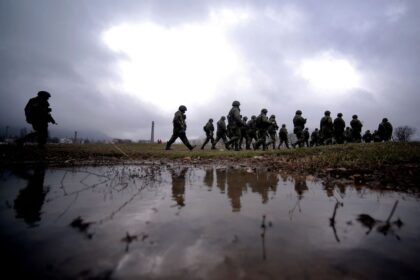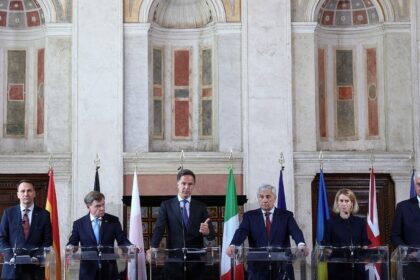**Russia’s Military Threat to NATO States: A Growing Concern**
The Institute for the Study of War (ISW) has confirmed that Russia could launch military operations against NATO states before 2030, even without fully restoring its pre-2022 force levels. This warning comes as Western security officials continue to assess that Russia is preparing for a long-term confrontation with the alliance.
**Russia’s Military Build-up**
According to recent intelligence briefings and statements from NATO leadership, including General Secretary Mark Rutte, Russia plans to produce 1,500 tanks, 3,000 armored vehicles, and 200 Iskander missiles in 2025. These numbers may include both new vehicles and refurbished equipment from Russia’s Soviet-era stockpiles. The fact that Russia is cooperating with countries like China, North Korea, and Iran, and reconstituting its forces using Chinese technology, raises concerns about the potential capabilities of the Russian military.
**NATO’s Response**
In response to these threat assessments, NATO defense ministers have agreed to increase air and missile defense spending by 400 percent. This move aims to protect against large-scale drone and missile strikes similar to those Russia has deployed against Ukraine. The increased spending is a clear indication that NATO is taking the threat from Russia seriously.
**Consequences of Russian Withdrawal from Arms Control**
The ISW analysis suggests that if Russia withdraws from international arms control agreements, it would eliminate key constraints on weapons development and deployment. This could lead to a destabilization of strategic stability since the Cold War era. The potential withdrawal from arms control mechanisms is also seen as a way for Moscow to justify renouncing participation in additional international frameworks as it prepares for expanded confrontation with Western powers.
**Commentary**
The warnings from NATO leadership and the ISW assessment should be taken seriously by all member states. The fact that Russia could launch military operations against NATO states before 2030, even without fully restoring its pre-2022 force levels, is a stark reminder of the potential risks involved in this ongoing confrontation. As tensions between Russia and the West continue to rise, it is essential for both sides to engage in constructive dialogue and find ways to reduce the risk of conflict.
**Analysis**
The situation on the ground is complex, with multiple factors at play. However, one thing is clear: the threat from Russia requires a unified response from NATO. By increasing air and missile defense spending and engaging in diplomatic efforts, NATO can demonstrate its commitment to defending its member states while also promoting stability and security in the region.
Read More @ euromaidanpress.com




